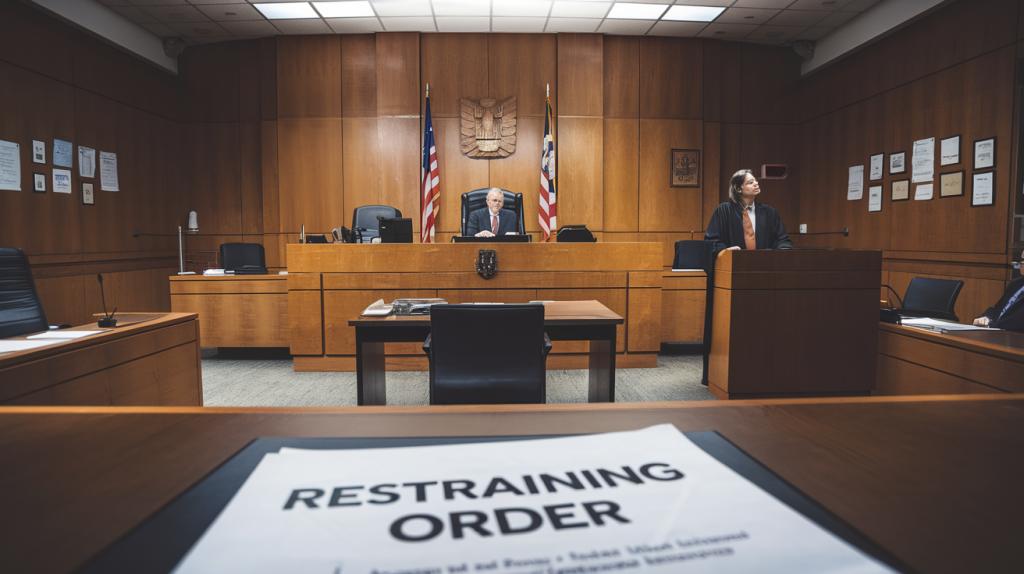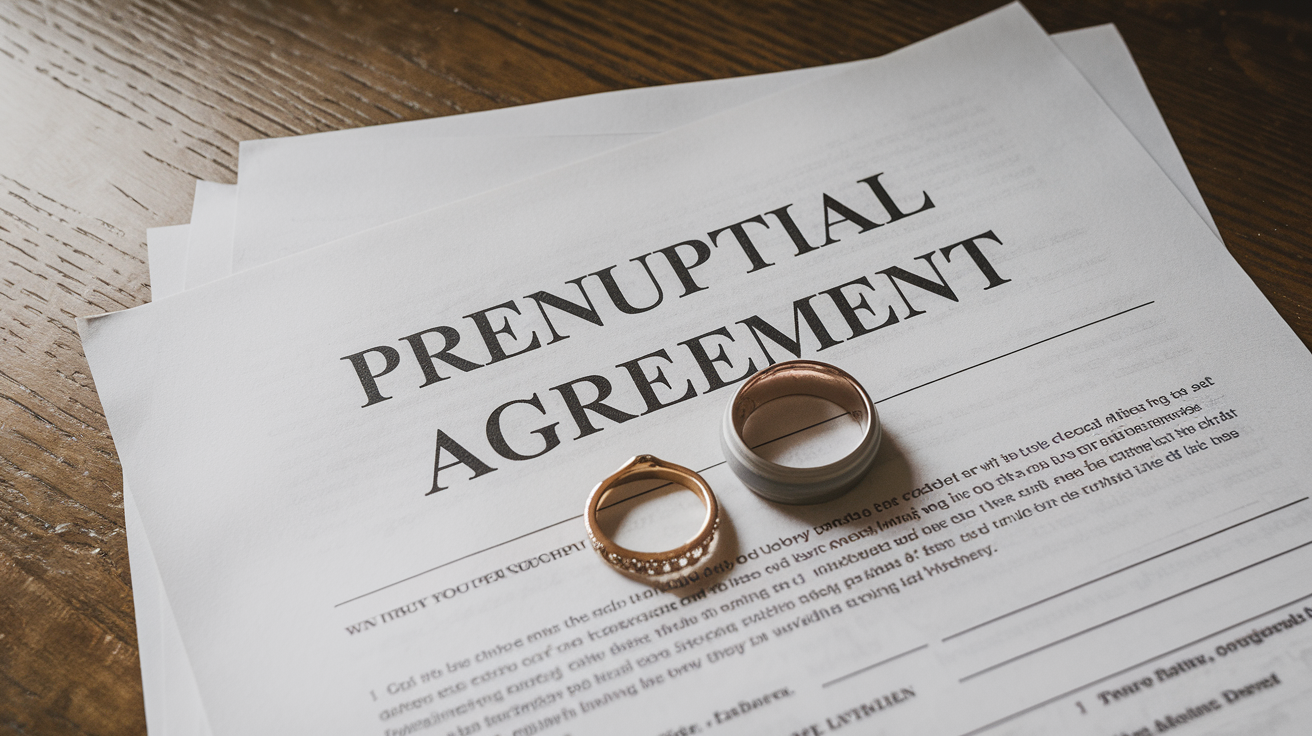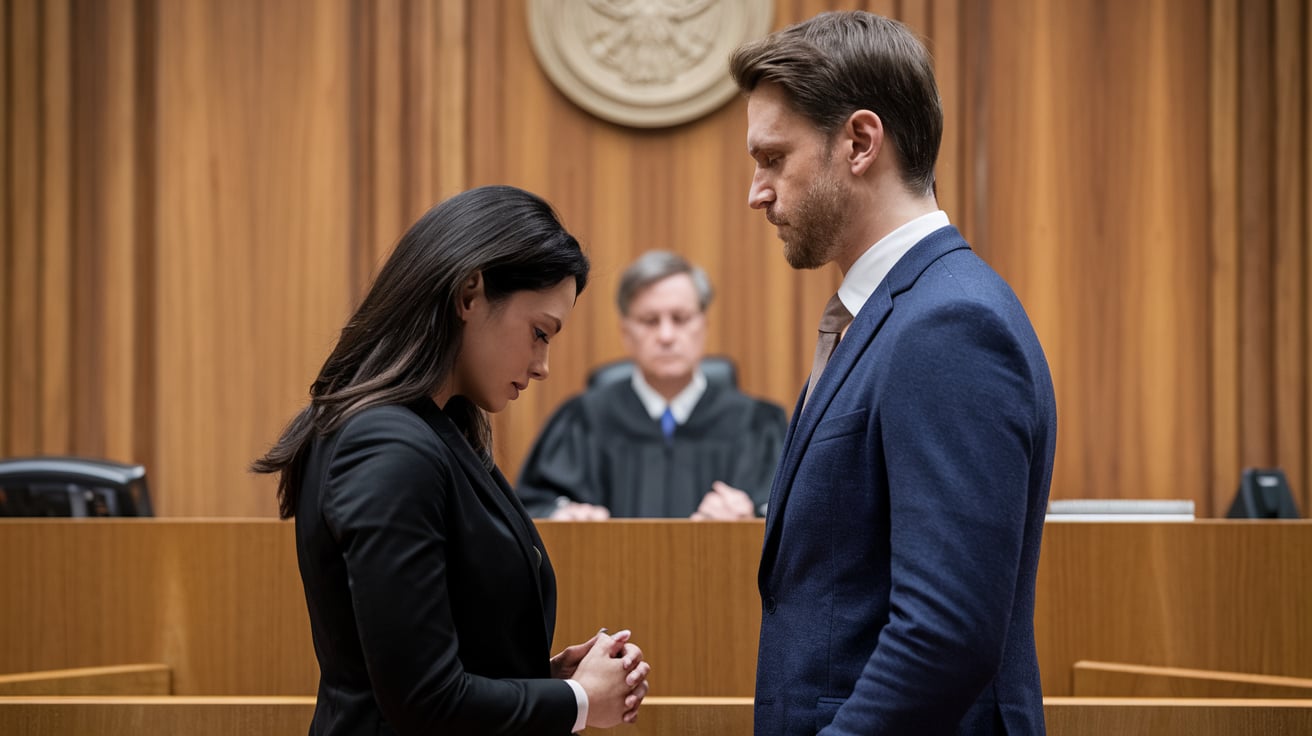Most people wonder how long a restraining order stays in effect when they need protection from someone.
A court order that keeps you safe isn’t something you want to end too soon.
This blog will help you understand the different types of restraining orders and how long each one lasts.
Since each state has its own rules, and the length can change based on your situation, it’s important to know what to expect.
If you’re thinking about getting an order or already have one, understanding its timeline helps you plan and make better decisions for your safety.
What is a Restraining Order?
A restraining order is a legal document issued by a court that orders a person to stop harming, threatening, contacting, stalking, or coming near another person.
It creates a safety barrier between you and the person causing you harm.
The Court Can Require the Restrained Person to
- Stay a certain distance away from you (min 100 yards)
- Stop contacting you through phone, email, or social media
- Move out (if you share a home)
- Stop any form of harassment or abuse
- Give up their firearms and weapons
You Can Get a Restraining Order Against
- Family members
- present or former romantic partners
- Roommates
- Stalkers
- Anyone threatening your safety
How Long Does a Restraining Order Last
The length of a restraining order varies based on the type of protection you need and where you live.
- Emergency protection orders, which you can get quickly through law enforcement, typically stay implemented for 5-7 days.
- When you first go to court, you’ll likely receive a temporary order that lasts 2-3 weeks, giving you protection until your full court hearing. At your court hearing, a judge can grant a permanent restraining order if they find enough reason for continued protection.
- Some states allow judges to issue lifetime orders in serious cases, particularly when there’s a history of violence or repeated violations of past orders. The judge looks at the seriousness of the threat, any history of abuse, whether the person has broken past orders, and your current safety needs.
- It’s wise to file for an extension 30-60 days before your current order is about to expire. You’ll need to show the court why you still need protection, which might include proof of recent threats or attempts to harm or contact you.
Remember, no matter how long your order lasts. It stays active until its end date unless a judge changes it.
Only a court can change the length of your order – even if the other person promises to behave better or you no longer feel the need for protection.
How Does It Work
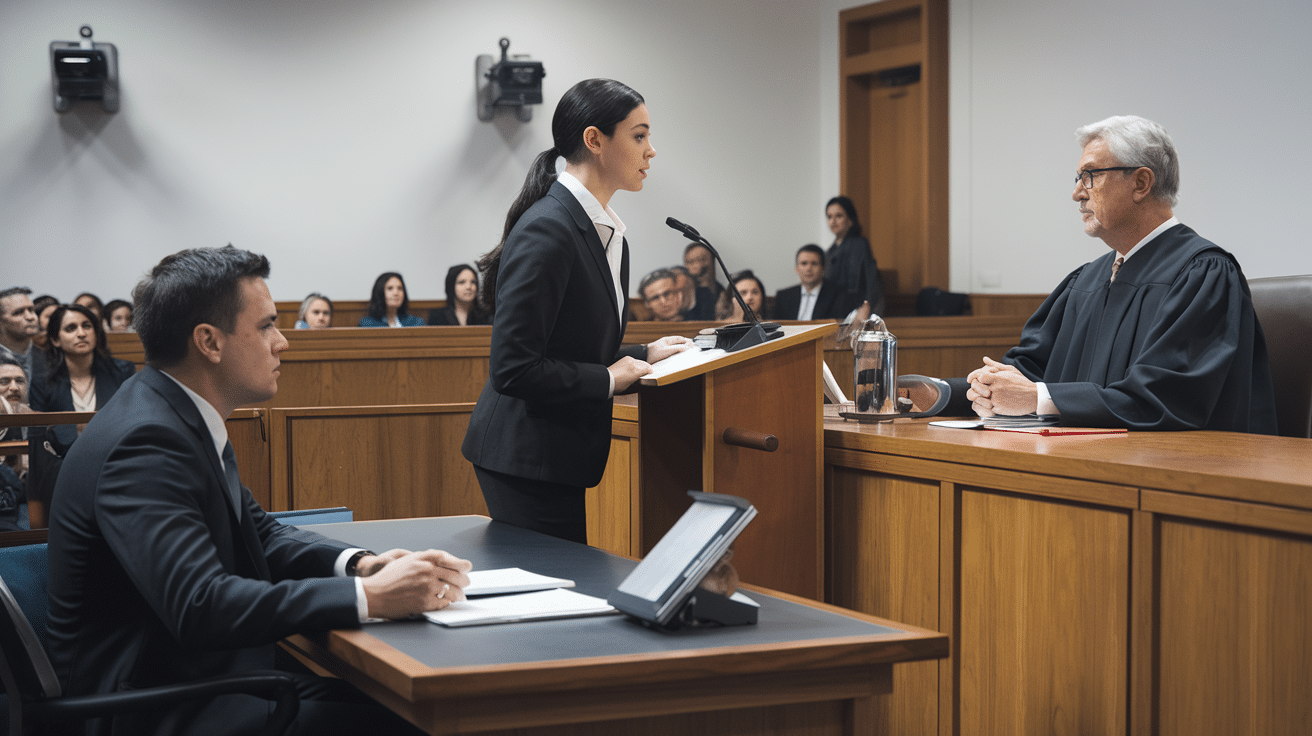
A restraining order works when a judge orders someone to stay away from you, and once served, the person must follow the rules or face arrest for violation of the order in any form.
Getting the Order
It starts with filing paperwork at your local courthouse describing why you need protection. After that, the judge reviews your request and decides whether to grant a temporary order or not.
Then, the court schedules a hearing (usually within 2-3 weeks) where both parties can present their case at the hearing. Once it’s over, the judge decides whether to grant a longer-term order.
Enforcement Process
Once it is approved, the order must be served to the restrained person, and law enforcement must deliver the papers in person. After that, the order only becomes active after proper service.
Afterward, the restrained person must follow all rules listed in the order, and you should also keep a copy with you at all times necessary.
Process After Service
After the service, the restrained person must stay the ordered distance away from you.
They cannot contact you directly or through any other means. They might also need to surrender weapons or any firearms they possess, and any violation of the order can lead to immediate arrest of the person.
It is also necessary for you to document any violation attempts from their side as evidence.
Certain Types of Restraining Orders
Courts offer three main types of restraining orders: Emergency Orders (valid for a few days), Temporary Orders(lasting several weeks), and Permanent Orders (can last for years).
Each type serves different needs and offers varying levels of protection.
1. Emergency Restraining Orders
- Granted by police when courts are closed
- Last 5-7 days typically
- Provides immediate protection in crisis
- Available 24/7 through law enforcement
- Gives time to file for a temporary order
2. Temporary Restraining Orders
- Valid for 14-21 days typically
- Granted after an initial court filing
- No need for the other person to be present
- Protects you until a full court hearing
- Can be renewed if the hearing gets delayed
3. Permanent Restraining Orders
- Last months to years, based on court decision
- Requires full court hearing
- Both parties can present evidence
- Can include detailed protective measures
- It may be renewed when expiring
Why is a Restraining Order Necessary
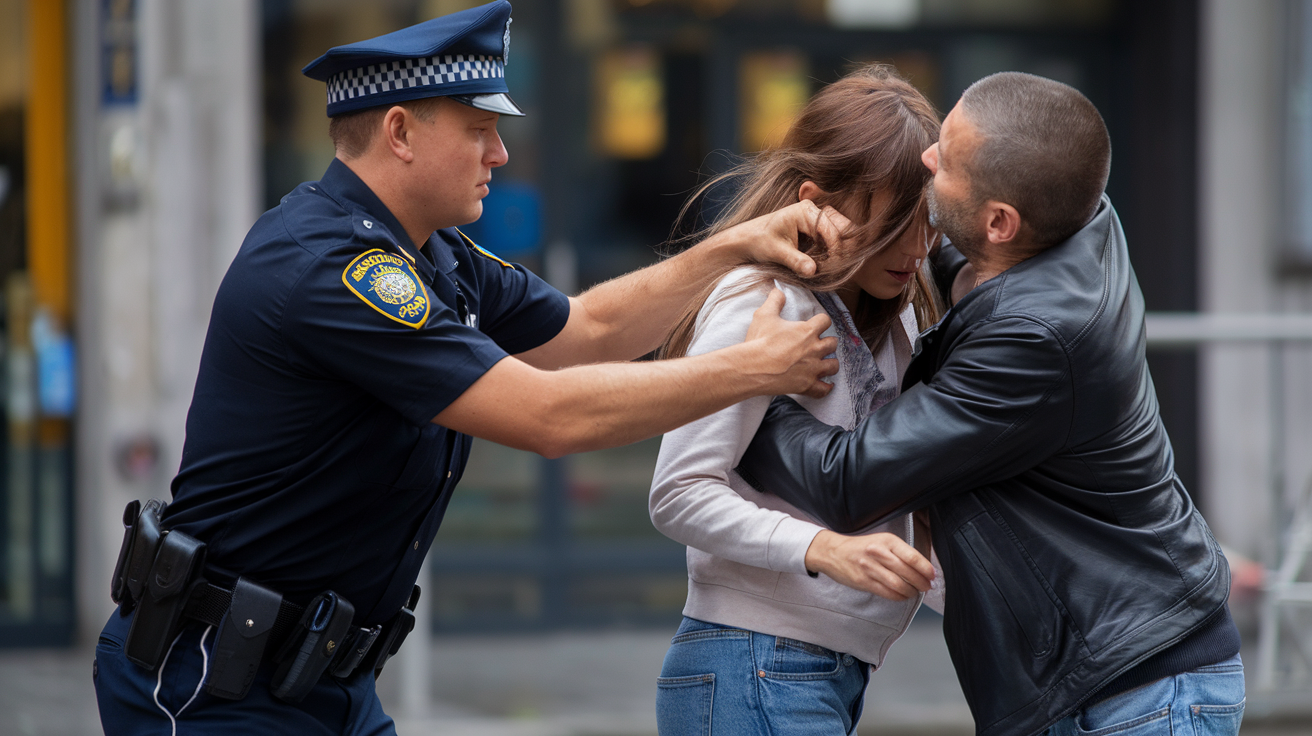
A restraining order becomes necessary when your safety is at risk, and normal methods of handling conflict aren’t working.
- Personal Safety: When someone threatens to hurt you or has already done so, a restraining order creates a legal barrier. It stops them from coming near you, your home, or your workplace.
- Legal Backup: Without an order, police often can’t act until after something bad happens. This legal document lets them step in right away if someone breaks the rules.
- Peace of Mind: Having an order helps you feel safer in your daily life. You know you have the law behind you, and the person must obey the order or face arrest.
- Child Protection: Parents often need orders to keep their children safe from harmful situations. It gives clear rules about contact and creates safe boundaries.
- Setting Clear Boundaries: Some people won’t respect simple requests to stay away. A restraining order makes the boundaries crystal clear and adds serious consequences for crossing them.
Key Benefits of a Restraining Order
| Category | Benefits |
|---|---|
| Most Important | • Immediate legal protection from harm • Police can arrest the person if they disobey the rules • Creates a safe space between you and the person bothering you • Gives you proof of taking legal steps to protect yourself |
| Safety Benefits | • Stops the person from showing up to your home • prevents them from going to your workplace • Keep them away from your children’s school • Blocks all forms of contact (calls, texts, emails) |
| Legal Benefits | • Helps in custody cases • Supports immigration cases for abuse victims • Can affect divorce proceedings • Makes a record of the problem • Shows patterns of bad behavior |
| Long-Term Benefits | • Build a paper trail if problems continue • Helps you regain control of your life • Shows others you’re serious about your safety • Can be renewed if needed • Might prevent future problems |
Conclusion
Getting a restraining order is an important step toward protecting yourself and your loved ones. Now you know these orders can last from a few days to several years, depending on your needs and situation.
While the process might seem complex, the protection these orders offer makes the effort worthwhile.
If you’re thinking about getting a restraining order, don’t wait – reach out to your local courthouse or a victim support group for help.
They can guide you through the steps and help you understand your options.
Keep in mind that you have the right to feel safe in your daily life, and a restraining order is a powerful tool to help make that happen.
Your safety matters and help is available when you need it.

